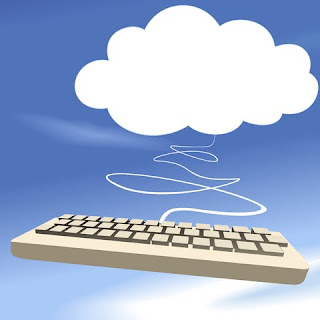 Is Mobility the next wave of a critical component of an ERP solution provided by the ERP software vendor or ISV (Independent Software Vendor) Partner like CRM, WMS, eCommerce and others items were in the past?
Is Mobility the next wave of a critical component of an ERP solution provided by the ERP software vendor or ISV (Independent Software Vendor) Partner like CRM, WMS, eCommerce and others items were in the past?Mobility solutions cover a range of components that make the solution unique compared to other parts of an ERP solution such as CRM, WMS and eCommerce. The unique components are hardware (devices), off-line/ on-line capability, communication security and support. The unique nature of the solution demands new business and support models for vendors and ISV’s that bring mobility solutions to the market.
The challenge for the IT market is to provide their customers with the next wave of automation that should become a default offer of every mature ERP vendor.
The opportunity for businesses is tremendous if you read and believe the messages of the analysts.
“Only 15% of Your Business is plugged into your business management (ERP) system”, AMR, The Enterprise Resource Planning Spending Report, 2005-2006.
"This year (2010) the mobile worker population will reach the one Billion people mark and by 2013 it will grow to 1.2 Billion. That is one third of the global population”, Stephen Elop at Convergence 2010.
“Users should look beyond ERP cost optimisation toward the growth possibilities that ERP offers when used with various cross-domain technologies”, Gartner, September 2009.
According to IDC the average investment for mobility solutions is around $ 6,500 AUD (4,000 Euro) per user while the savings are estimated around the $ 13,500 (8,150 Euro) per user per year. These kinds of numbers make it almost a no brainer to at least investigate how mobility could save costs in your business in the areas of: Warehouse, Sales, Field Service, Marketing, Manufacturing shop floor, Retail, Transport. Mobility connects internal staff with external staff in real time and the structured information (processes) with unstructured processes.
With this in mind and with the general mind set of ‘doing more with less’ and cutting costs, mobility encourages staff to become more productive and effective anytime and anywhere. Mobility solutions are the next wave of solutions that can exactly provide this to businesses. It enables people to connect to an ERP solution and therefore connect real-time to business data, logic and processes. This provides businesses benefits such as; time savings to process information, increase the accuracy of data, provide business insights to key stakeholders in the business to make better decisions faster and even creates additional revenue streams.
Worldwide ERP vendors such as SAP, Microsoft and Epicor have strong offers in the market either supplied by the vendor itself or via their partner model. SAP has signed a definitive merger agreement to acquire Sybase that provides enterprise mobility solutions and is positioned in the leaders quadrant in the 2009 Mobile Enterprise Application Platform Magic Quadrant.
Microsoft partners such as Dynamics Anywhere supply dedicated mobility solutions to the Dynamics ERP channel. In Australia Hands-on Systems has developed a Mobility Solution framework for Dynamics ERP and solutions for sales and warehouse . Epicor took over the local Microsoft Mobility partner Spectrax in August 2009.
The analysts have spoken. The vendors are delivering. Are you looking to the mobility solution opportunity that is part of your current or new ERP solution soon?







+roadmap.PNG)







